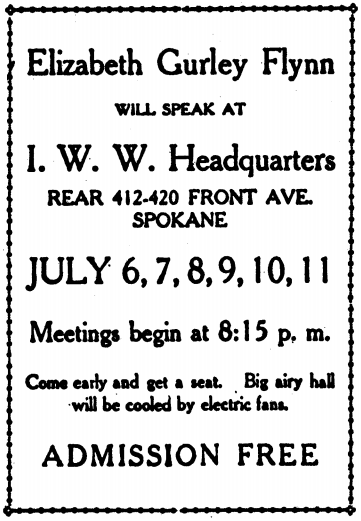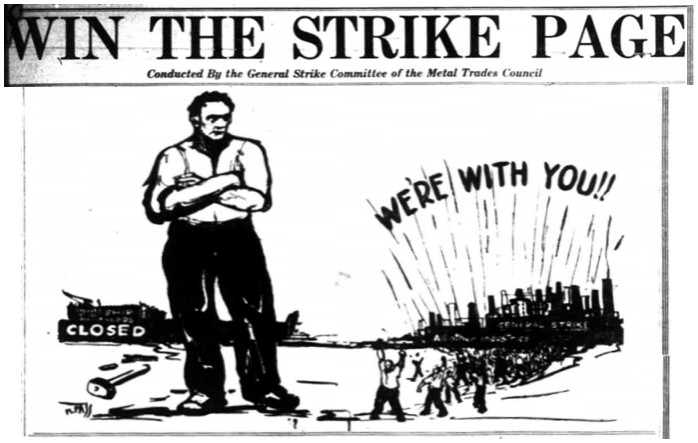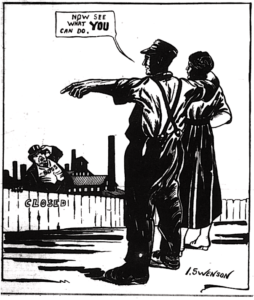 —————
—————
Hellraisers Journal – Wednesday November 19, 1913
Michigan Copper Country – Labor Secretary William B. Wilson Perturbs McNaughton
From the Miners’ Bulletin of November 18, 1913:
An article entitled “McNaughton’s Veracity,” concerning the truthfulness, or lack of thereof, of Mr. McNaughton, takes up almost half of the front page of the current edition of the Bulletin. Suffice it to say that Mr. McNaughton is not happy with the recent speech made by the U. S. Secretary of Labor, William B. Wilson, at the annual convention of the American Federation of Labor:
…McNaughton hollers “liar, liar.” McNaughton’s reputation for truth and veracity is at such a low ebb in this community that those long distance, epithets makes the average person smile, for instance, he stated at the beginning of this strike that 85 per cent of his employees were willing to return to work but were afraid although he had 2,500 militiamen and 1,000 gunmen at his disposal….
[Emphasis added.]
There then follows a list of falsehood after falsehood put forth by Mr. McNaughton. But, on the same front page is a story about the effectiveness of the gunmen, imported into the strike zone by the copper bosses:
GUNMEN ATTACK STRIKING MINERS
Yesterday morning while a large number of strikers were holding their usual morning parade, and when near the Quincy mine, they were joined by quite a number of mounted police who rode amongst them until a point opposite the Quincy was reached when the parade was met by a large force of gunmen. At this juncture, the mounted guards lined up on each side of the parade wilst the gunmen poured a volley into the ranks of the strikers. One striker was badly shot in the hip while it is believed several others were slightly injured by the firing of lead missiles. One guard was badly injured by being trampled upon by one of the frightened horses. The attack was no doubt planned beforehand as the concerted action of the mounted guards and gunmen would imply.
The parade consisted of men, women and a scattering of children, all of whom were quiet and were marching on the county road. The guards and the gunmen had not the least provocation for making this dastardly assault upon peaceable citizens who have a perfect right to parade on the public highway. After the melee, six of the paraders were arrested and taken to jail, but were later released. Assistant states attorney Nichols will make an investigation of this dastardly assault and in all probability will bring the guilty parties to justice.
[Emphasis added.]
Somehow, we suspect, that the last sentence is meant as a bit of sarcasm.

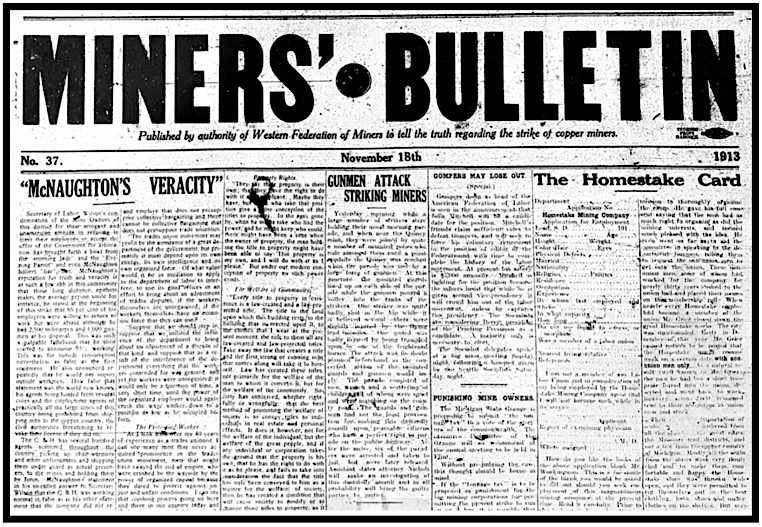
 ———-
———-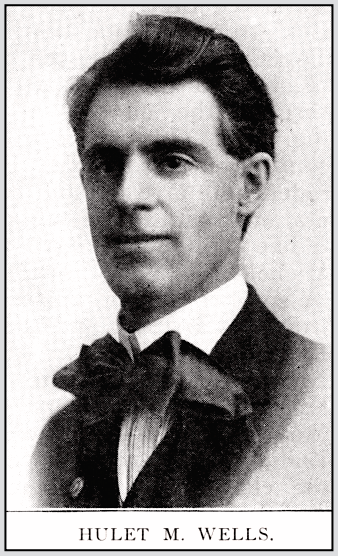
 ———-
———-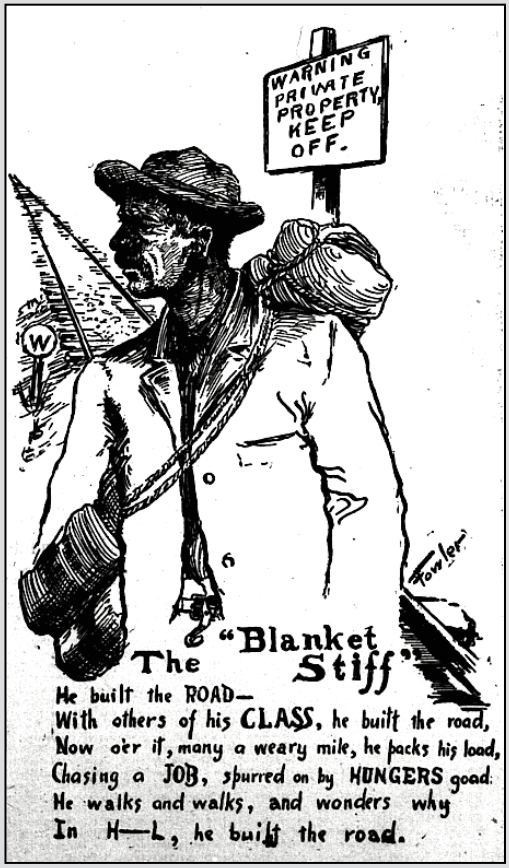 —–
—– ———-
———-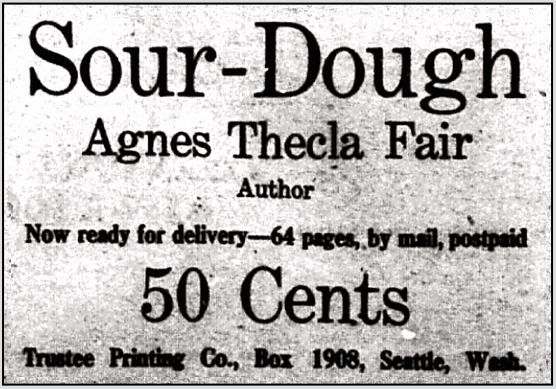
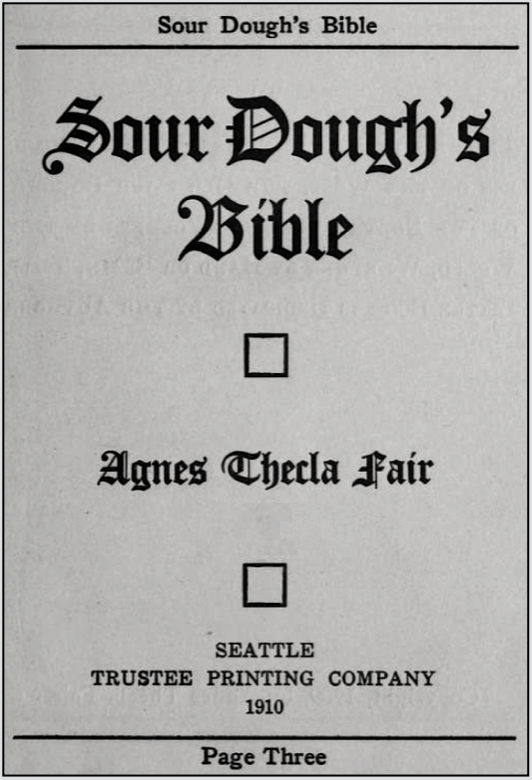
 ———-
———-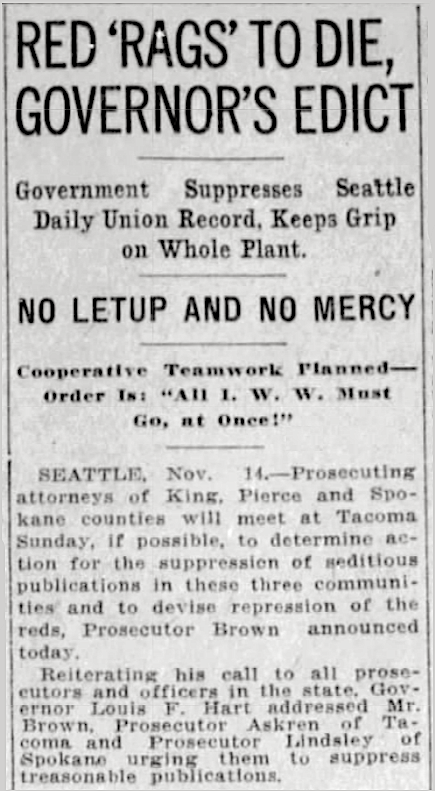
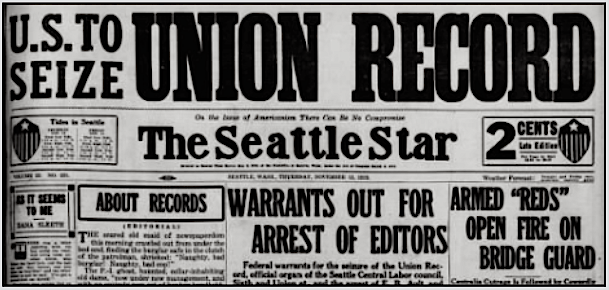
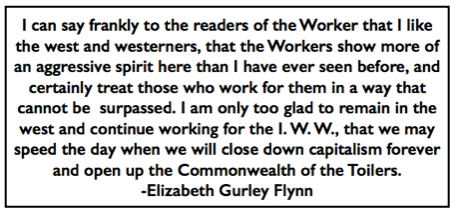 ———-
———-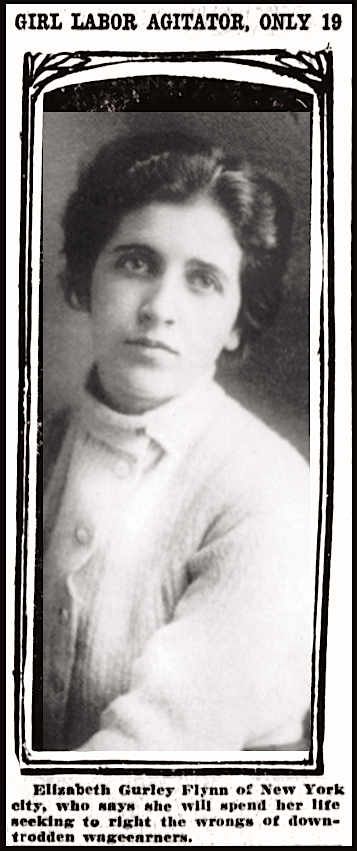
 ———-
———-